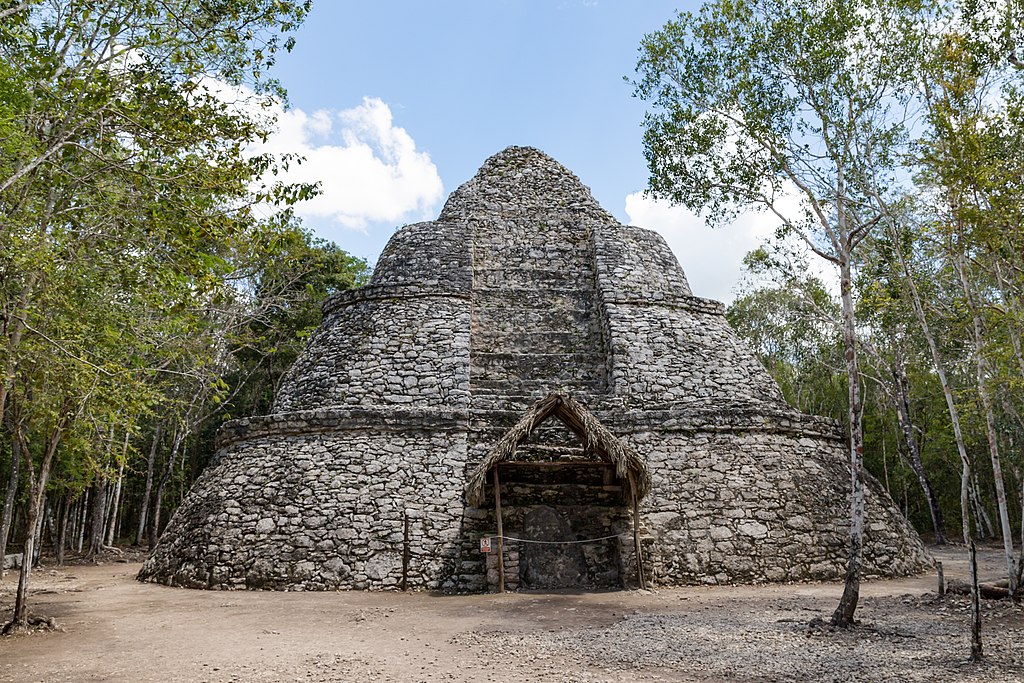The Maya Train and the ruins

Welcome to a journey through time and nature on the enchanting Maya Train circuit, where the rhythmic hum of steel wheels on tracks becomes the soundtrack to a fascinating exploration of ancient Mayan ruins. As you embark on this extraordinary adventure, you’ll discover that the Maya Train not only connects vibrant cities but also serves as a gateway to the heart of the Yucatan Peninsula’s lush jungles and the captivating shores of the Caribbean Sea.
Immerse yourself in a unique travel experience that seamlessly blends the modern convenience of rail travel with the timeless allure of archaeological wonders. Along the Maya Train route, a plethora of Mayan ruins await your discovery, each nestled amidst the dense foliage of the jungle or proudly gazing out over the turquoise waters of the Caribbean. These archaeological gems provide a glimpse into the rich history and vibrant culture of the ancient Maya civilization.
The Maya Train and the ruins: Cancun and Merida
Chichen Itza and Ek Balam stand as majestic testaments to the architectural brilliance and cultural legacy of the ancient Maya civilization. Chichen Itza, a UNESCO World Heritage Site, captivates visitors with its iconic pyramid, El Castillo, which serves as a celestial calendar during the equinoxes, casting a serpent-shaped shadow along its staircase. The expansive archaeological site also boasts the Great Ball Court, the Temple of the Warriors, and the mesmerizing Observatory.
In contrast, Ek Balam, a hidden gem in the Yucatan jungle, invites exploration of its remarkably well-preserved structures, including the Acropolis, adorned with intricate stucco sculptures and hieroglyphics. Ek Balam offers a more intimate encounter with Maya history, allowing travelers to ascend its main pyramid for panoramic views of the lush surroundings. Both Chichen Itza and Ek Balam provide a glimpse into the complex cosmology and architectural prowess of the Maya, making them essential stops for those seeking to unravel the mysteries of this ancient civilization.
Tulum
Perched on the cliffs overlooking the sparkling Caribbean Sea, the Tulum Mayan ruins stand as a breathtaking testament to the ancient Maya’s strategic ingenuity and appreciation for natural beauty. This archaeological site, set against the backdrop of the turquoise waters and white-sand beaches of the Riviera Maya, exudes a unique charm and tranquility. Tulum served as a vital maritime trading post during the height of the Maya civilization, and its well-preserved structures, including the iconic El Castillo and the Temple of the Frescoes, showcase the sophisticated architectural and astronomical knowledge of its inhabitants.
Visitors to Tulum not only marvel at the ancient stone structures but also relish the stunning coastal views that make this archaeological site one of the most picturesque in the world. As the sea breeze carries whispers of history, Tulum invites travelers to step back in time and contemplate the rich cultural legacy left behind by the Maya along the sun-kissed shores of the Yucatan Peninsula.
The Maya Train and the ruins: Chetumal
Coba stands as a hidden archaeological treasure, inviting adventurers to traverse its ancient pathways and uncover the mysteries of the Maya civilization. Renowned for its expansive network of stone causeways, known as sacbeob, Coba was a vital hub connecting various settlements in the region. The crowning jewel of this ancient city is the towering Nohoch Mul pyramid, the tallest in the Yucatan, which offers panoramic views of the surrounding jungle canopy.
As visitors pedal through the site on rented bicycles, the air is filled with the whispers of history emanating from the partially uncovered structures, including ball courts, stelae, and the enigmatic Coba Group. Far from the crowds, Coba provides a more intimate and immersive experience, allowing explorers to envision the daily life and ceremonial practices of the ancient Maya against the backdrop of lush greenery and the serenity of its secluded lakes.
Calakmul Calakmul is a testament to the grandeur of the ancient Maya civilization. Recognized as a UNESCO World Heritage Site, Calakmul stands as one of the most significant and extensive archaeological complexes in the region. Dominated by the towering Structure II, a colossal pyramid that pierces the forest canopy, Calakmul served as a powerful political and economic center during the Classic period. The city boasts an array of well-preserved structures, including palaces, temples, and intricate stelae adorned with hieroglyphics. As explorers navigate through the labyrinthine paths, the rich biodiversity of the Calakmul Biosphere Reserve envelops them, offering a glimpse into the symbiotic relationship between the Maya and their natural surroundings. The sheer remoteness of Calakmul adds to its mystique, providing visitors with a rare opportunity to connect with the ancient past while immersed in the untouched beauty of the jungle.
